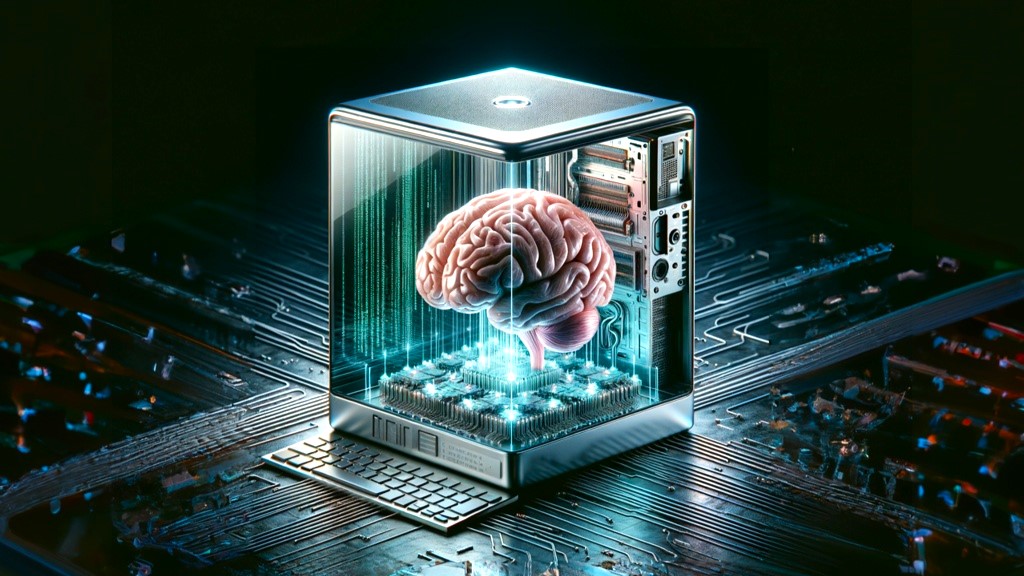
2399274185
Introduction
Neuromorphic computing represents a revolutionary approach to computing that draws inspiration from the human brain’s architecture and functionality. By mimicking the parallelism, plasticity, and energy efficiency of biological neural networks, neuromorphic systems promise to deliver unprecedented levels of computational power and efficiency. This article explores the fascinating world of neuromorphic computing, from its origins and underlying principles to its potential applications across various domains.
Origins and Evolution
The concept of neuromorphic computing traces its roots back to the pioneering work of neuroscientist Carver Mead in the late 1980s. Mead envisioned a new paradigm of computing that emulated the brain’s structure and dynamics, leveraging analog circuits and massively parallel architectures. Over the years, advances in semiconductor technology and neuroscience research have fueled the development of neuromorphic hardware and algorithms, bringing us closer to realizing Mead’s vision of brain-inspired computing.
Principles of Neuromorphic Computing
At its core, neuromorphic computing seeks to replicate the fundamental principles of neural information processing observed in biological systems. Key characteristics of neuromorphic architectures include sparsity, locality, and event-driven computation, which enable efficient and adaptive processing of sensory data in real time. Unlike conventional von Neumann computers, which rely on sequential processing and centralized memory, neuromorphic systems distribute computation and memory across interconnected nodes, akin to the distributed networks of neurons in the brain.
Hardware Implementations
Neuromorphic hardware platforms come in various forms, ranging from custom-designed integrated circuits to specialized neuromorphic chips and neuromorphic processing units (NPUs). These hardware implementations often incorporate analog and digital components optimized for low-power operation and high-speed computation. For example, memristors, a class of resistive switching devices, are used to emulate synapses in neuromorphic systems, enabling synaptic plasticity and learning.
Software and Algorithms
In addition to hardware innovations, neuromorphic computing relies on sophisticated software and algorithms to model neural networks and implement learning and inference tasks. Spiking neural networks (SNNs) are a popular choice for representing neural dynamics in neuromorphic systems, where information is encoded in the form of discrete spikes or pulses. Neuromorphic algorithms leverage principles of spike-timing-dependent plasticity (STDP) and other biologically inspired learning rules to adaptively modify synaptic weights and learn from sensory inputs.
Applications Across Domains
The versatility of neuromorphic computing makes it applicable to a wide range of domains, including robotics, autonomous vehicles, healthcare, and beyond. In robotics, neuromorphic systems enable real-time sensor processing and motor control, allowing robots to navigate complex environments and interact with humans more naturally. In healthcare, neuromorphic technologies hold promise for brain-computer interfaces (BCIs), prosthetics, and assistive devices that restore sensory and motor functions to individuals with disabilities.
Advantages and Challenges
One of the primary advantages of neuromorphic computing is its energy efficiency, thanks to the parallelism and sparsity inherent in neural computation. Neuromorphic systems consume orders of magnitude less power than traditional digital computers, making them ideal for edge computing and Internet of Things (IoT) applications. However, challenges remain in scaling up neuromorphic hardware and algorithms to handle large-scale neural networks and complex cognitive tasks. Moreover, ensuring the robustness, reliability, and interpretability of neuromorphic systems poses significant technical and theoretical challenges that require further research and development.
Future Directions
As neuromorphic computing continues to evolve, researchers are exploring new directions in hardware design, algorithm development, and interdisciplinary collaboration. Advances in nanotechnology, neuromorphic engineering, and neuromorphic chip fabrication hold promise for realizing more efficient and powerful neuromorphic systems. Moreover, integrating neuromorphic computing with other emerging technologies, such as quantum computing and AI, could unlock new opportunities for solving complex problems and accelerating scientific discovery.
Conclusion
Neuromorphic computing represents a paradigm shift in the field of computing, offering a biologically inspired alternative to traditional digital architectures. By harnessing the principles of neural information processing, neuromorphic systems hold the potential to revolutionize a wide range of applications, from robotics and healthcare to edge computing and beyond. As we continue to unravel the mysteries of the brain and develop increasingly sophisticated neuromorphic technologies, the possibilities for innovation and discovery are boundless.


